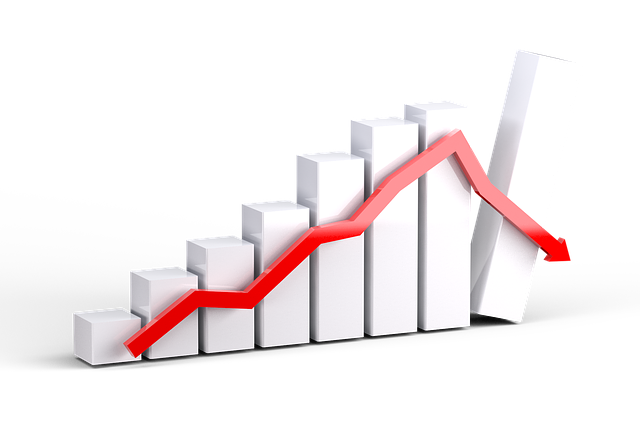
Omicron-driven oil slump raises risk of OPEC+ action
Crude oil suffered its largest one-day crash since April 2020 on Friday in response to worries the new omicron virus variant could drive renewed demand weakness at a time where the US is about to release millions of barrels of crude oil from its strategic reserves. While many have already concluded Friday’s slump was an overreaction caused by thin market liquidity, the focus is once again squarely on the response from OPEC+ who will meet on Thursday to set production levels for January and potentially beyond.
Crude oil suffered its largest one-day crash since April 2020 on Black Friday in response to worries the new omicron virus variant could drive renewed demand weakness at a time where the US and other major oil importing nations are about to unleash millions of barrels of crude oil into the market from strategic reserves. Equally importantly was probably the very bad timing with the news hitting the markets on a low liquidity day after the Thanksgiving holiday. Long held bullish conviction trades got stopped out as the sudden elevated level of risk aversion drove major position adjustments across most asset classes.
As volatility spiked, the options market also kicked into gear with hedging of short puts adding an additional layer of pressure with sell orders being executed at whatever price available. On Friday the 30-day historical volatility jumped from below 25% to 44% and it has ticked higher today, an indication of some unfinished business from Friday, but also a market which is struggling to settle down with Thursday’s OPEC+ decision adding an additional layer uncertainty.
By Ole Hansen, Head of Commodity Strategy, Saxo Bank
Information Source: Read More
Oil and gas, press , | Energy, Climate, Renewable, Wind, Biomass, Sustainability, Oil Price, LPG, Solar

